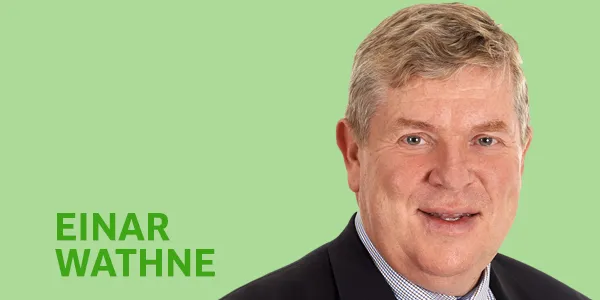Opinion: Innovation key to providing sustainable fish feed solutions
We hear from the president of one of the world's leading aquaculture feed companies on how sustainable, plant-based ingredients are an innovative step in meeting worldwide protein demand.
